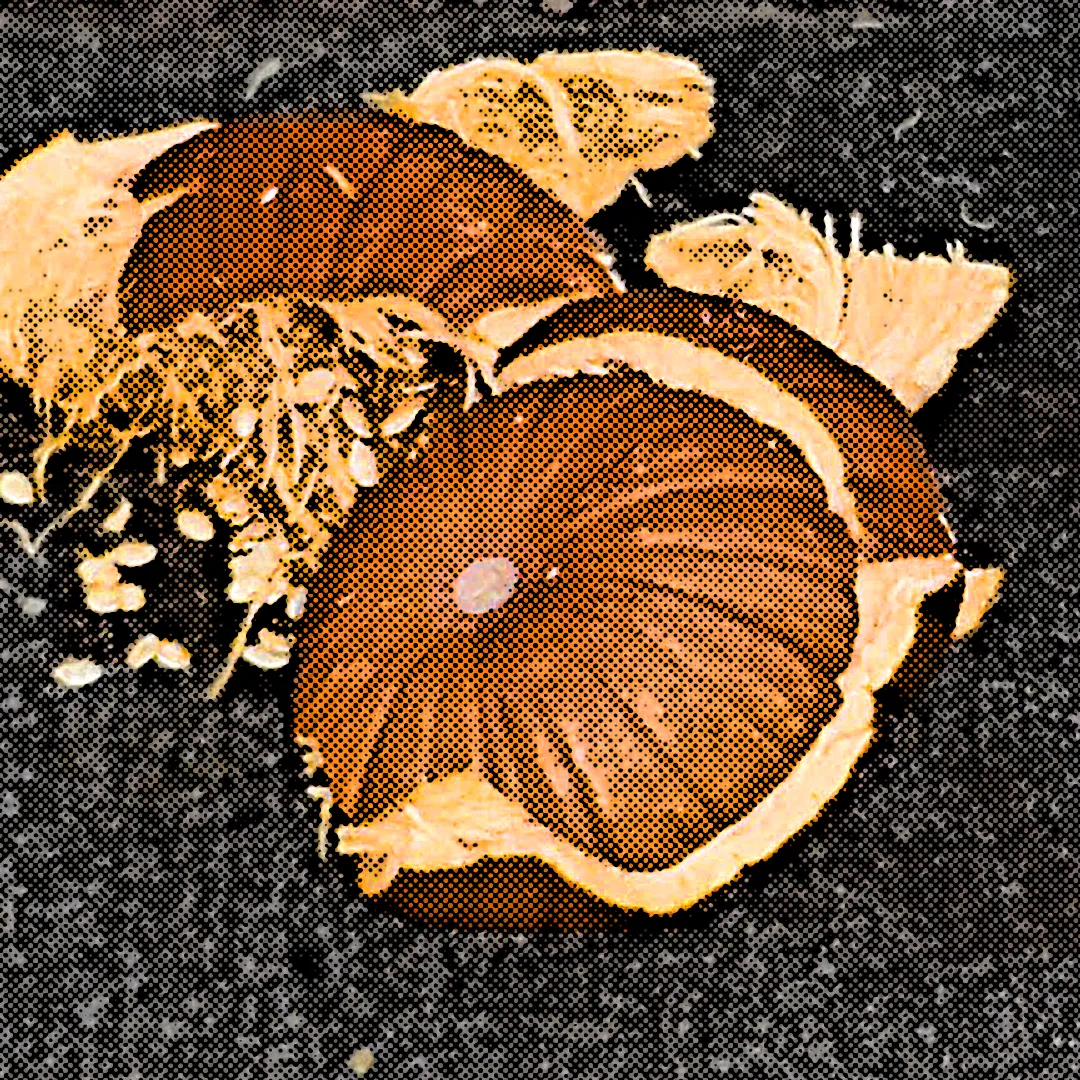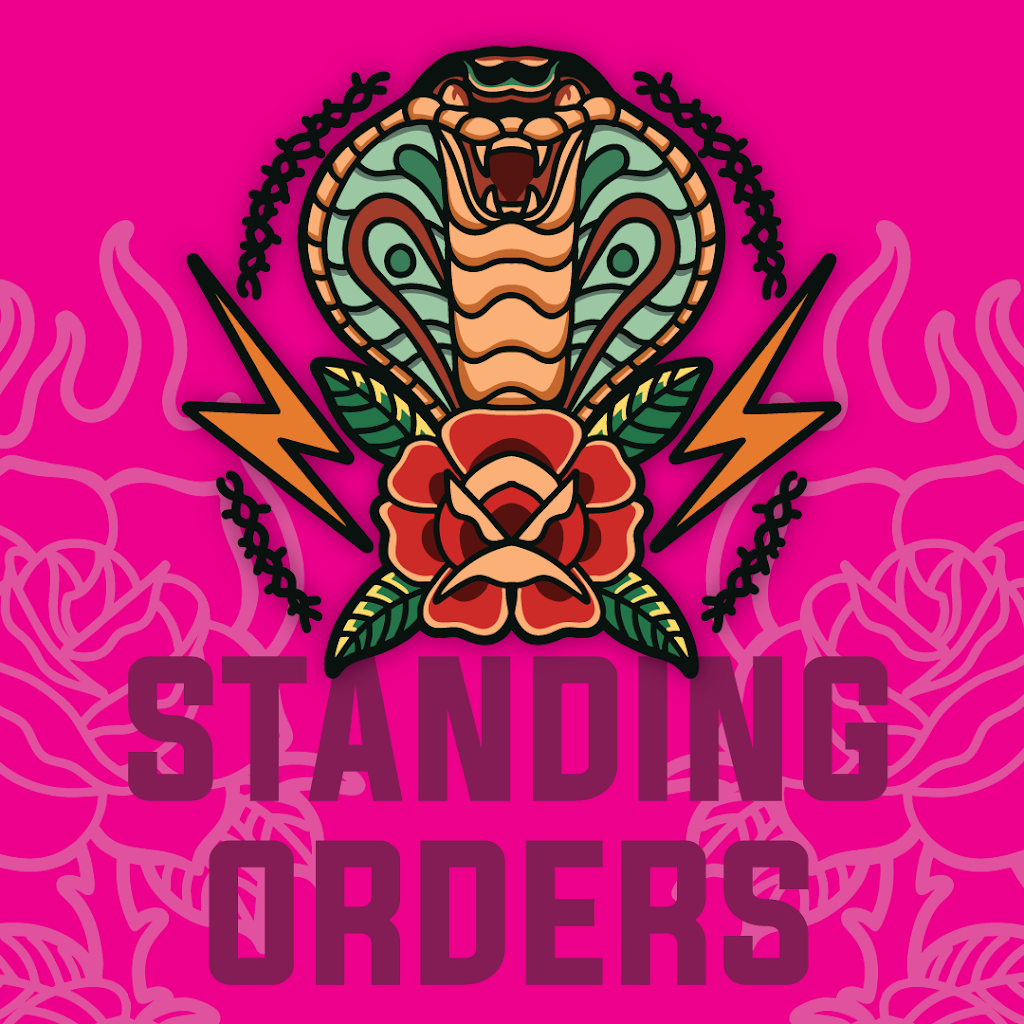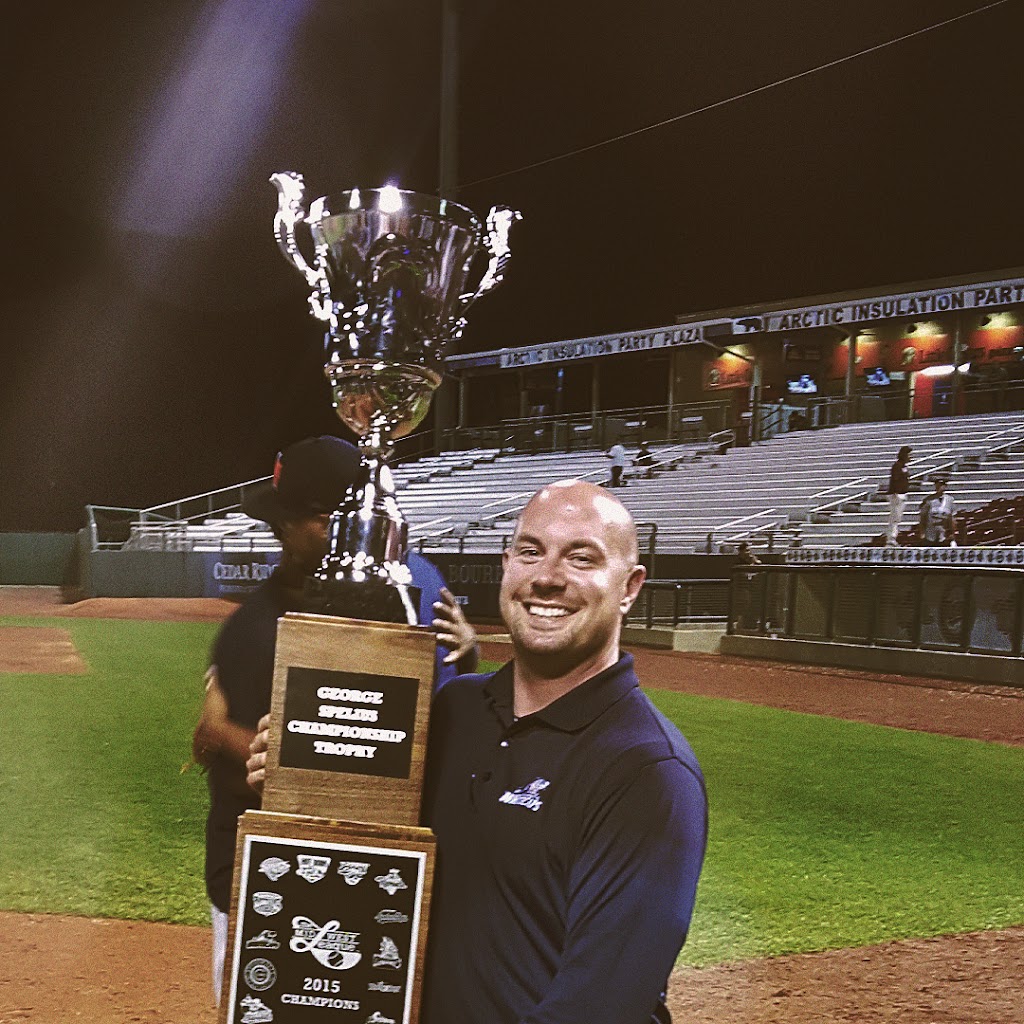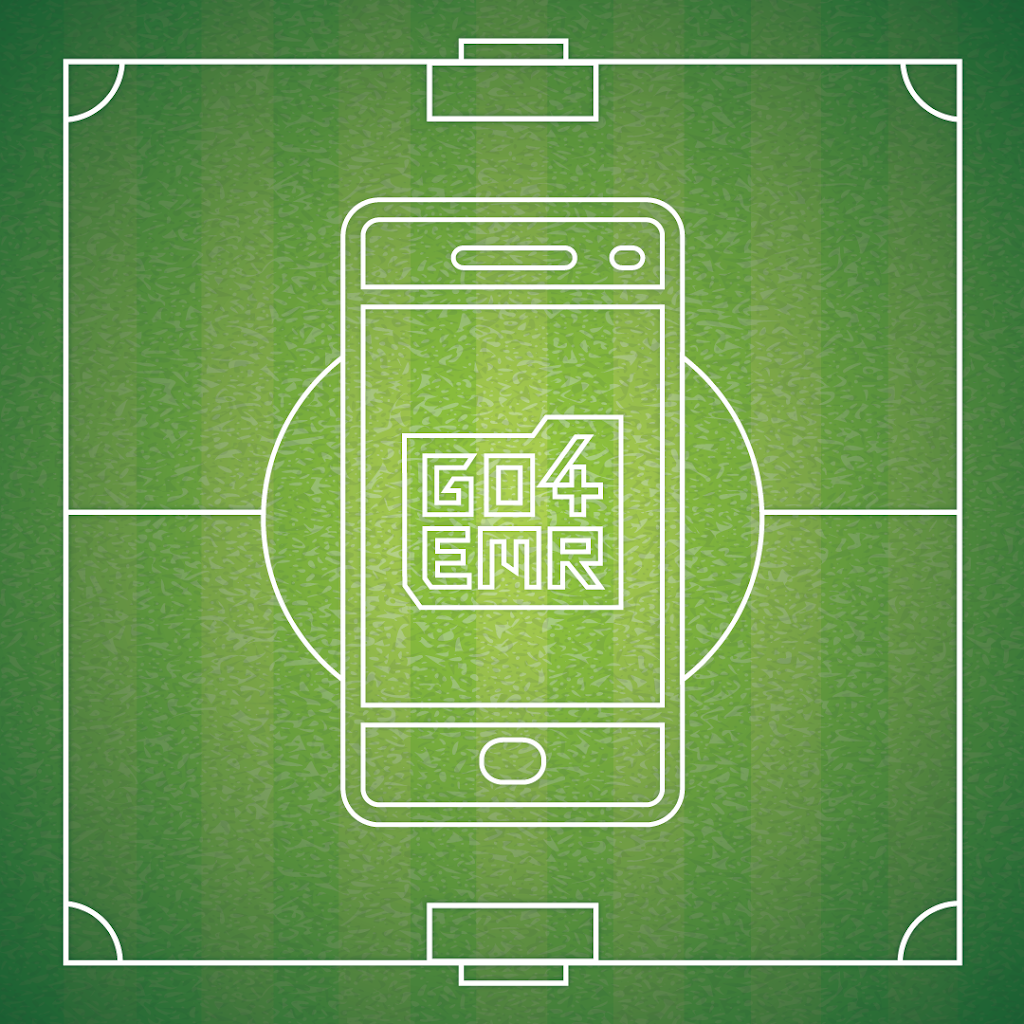Clinical Pathways: Concussion Series with Nick Pfeifer, EdM, ATC

September officially kicks off fall sports, including those with the highest rate of concussions among student-athletes: football and soccer.
All month long, Go4 will be sharing resources and information for athletic trainers to shed light on some of the less-covered nuances of concussions, provide a refresher and spark conversation with colleagues. Up first, check out this piece on Clinical Pathways written by Nick Pfeifer, EdM, ATC.
Pfeifer’s area of clinical interest and specialty is in neurotrauma and spine pathologies with a particular focus on concussions and concussion rehabilitation at Boston University.
By: Nick Pfeifer, EdM, ATC
Increased access to athletic trainers at sporting events has helped spread awareness and identification of concussions to all-time highs. Next up is ensuring these patients have access to high quality care and education around treatment strategies–that starts with understanding the clinical pathways of concussions.
The brain is the central computer that drives all that we do, so it makes sense that when it is injured the consequences can be multifactorial and seemingly complex.
To better understand concussions and how to best treat them, a group led by Dr. Mickey Collins at UPMC applied a clinical pathways model to concussions – this means that they worked to standardize their treatment algorithm and make treatment decisions based off of a specific process and patient profile.
This standardization allowed them the ability to study their outcomes and make informed recommendations for how best to manage different patients with similar presentations, impairments, or test results. They incorporated the ImPACT test into their decision-making process, while a group from Buffalo led by Dr. John Leddy focused on exercise tolerance via the Buffalo Concussion Treadmill Test in their process.
While these two groups had some differences in their approaches, they were similar in the fact that they were striving to identify distinct patient profiles/presentations that they could match to a care pathway to improve patient outcomes. After some further research, they have done just that. Initiation of a targeted, active rehabilitation program following a concussion leads to more rapid recovery compared to continued rest and no rehabilitation. After a couple of days of purposeful rest following injury, it is important to get these patients started with rehabilitation so they will have the chance for better outcomes.
Incorporating concussion clinical pathways into practice should not be a large undertaking. There are a lot of great papers available to read to deepen one’s understanding of this concept and see the different perspectives about possible profiles.
In my practice I am guided by five profiles:
- Physiologic
- Cervical
- Vestibular
- Ocular
- Behavioral
There is likely to be some overlap between them.
To further my understanding of the patient’s main impairments and needs, I also utilize some simple clinical assessments; such as the Buffalo Concussion Treadmill Test, the Vestibular Ocular Motion Screening, the Joint Position Error Test, to name a few.
I consider those results, the patient’s symptom profile and chief complaints to construct their active rehabilitation program. I find this approach to be empowering for both the clinician and the patient. We are able to construct tangible goals for treatment, provide individualized home care education, and impact outcomes in a meaningful way.
The main takeaway on this topic is to be intentional.
> Construct a standardized assessment process so there is consistency in how the injury context is understood.
> Build a treatment pathway that is informed by that process.
> Measure outcomes to articulate the impact of that treatment pathway.
> Approach management of this injury scientifically.
After all, ATs are healthcare.
—
Links to a few of those great papers to deepen one’s understanding of this concept:
https://www.ncbi.nlm.nih.gov/pmc/articles/PMC6089233/
https://jamanetwork.com/journals/jamapediatrics/fullarticle/2723523
https://pubmed.ncbi.nlm.nih.gov/24225521/
https://www.ncbi.nlm.nih.gov/pmc/articles/PMC4209316/
Are you an Athletic Trainer?
Join us!
From per diem shifts to full-time opportunities, AT resources, PLI, a free EMR and more, Go4 is the essential AT app. Sign up now!
"*" indicates required fields
Other articles you might like

What’s the deal with Standing Orders?
How do I get standing orders as an athletic trainer? Q: What are standing orders? A: Standing orders, aka medical protocols, establish the scope of practice for an athletic trainer. Under the direction of a physician, they are an overview of the specific skills that the AT is legally able…

AT Spotlight: Thomas Obergefell, Athletic Training from the Dugout
Name: Thomas Obergefell, MS, ATC, LAT Nickname: T.J. Alma…

Middle School / High School / College / Any School EMR – The Importance of Documentation
Go4’s in-app Electronic Medical Record We all know the reasons why it’s important to thoroughly document, but incase you forgot, here they are:…